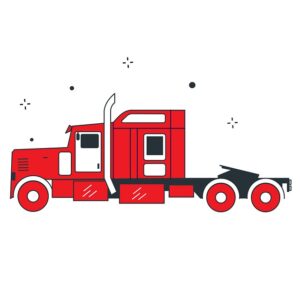Register Car: Verify VIN, Gather Docs, Choose DMV Location
Registering a car in California involves several steps, with understanding Vehicle Identification Number (VIN) verification as the first crucial step. This process ensures the vehicle’s authenticity a…….
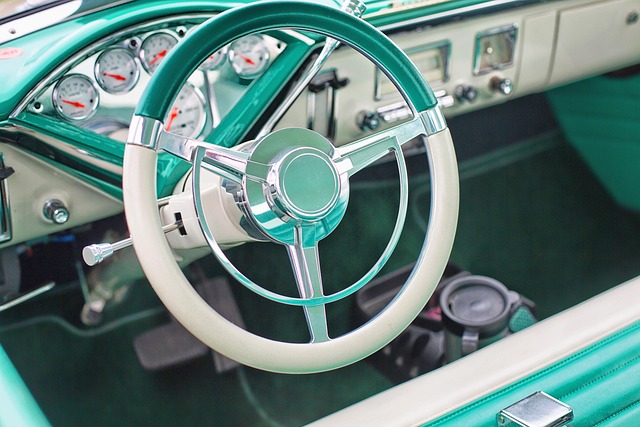
Registering a car in California involves several steps, with understanding Vehicle Identification Number (VIN) verification as the first crucial step. This process ensures the vehicle’s authenticity and history. Gather essential documents like proof of ownership, insurance, and identification. Choose a convenient California Department of Motor Vehicles (DMV) location or opt for online services. Complete the registration application accurately, providing detailed information about your vehicle. Pay the required fees and obtain your new California license plate. Ensure a smooth process by prioritizing VIN verification throughout.
- Understanding Vehicle Identification Number (VIN) Verification
- Gather Required Documents for Car Registration
- Choose a California Department of Motor Vehicles (DMV) Location
- Complete the Application Process for Car Registration
- Pay Fees and Obtain Your California License Plate
Understanding Vehicle Identification Number (VIN) Verification

When preparing to register your car in California, one crucial step is ensuring your vehicle’s Vehicle Identification Number (VIN) is legitimate and matches the make and model on record. This process, known as VIN verification, is essential to prevent fraud and ensure safety. A valid VIN serves as a unique identifier for your vehicle, containing vital information about its manufacturing details, such as the manufacturer, year, and specific features.
In California, you can facilitate this verification through various means, including utilizing a mobile vin inspection or verifier service. These services allow you to confirm the authenticity of your VIN by comparing it against industry databases, ensuring every detail aligns precisely. This is particularly beneficial for those purchasing used cars, as it offers a level of protection against potential scams and helps ensure that the vehicle history matches what’s advertised.
Gather Required Documents for Car Registration
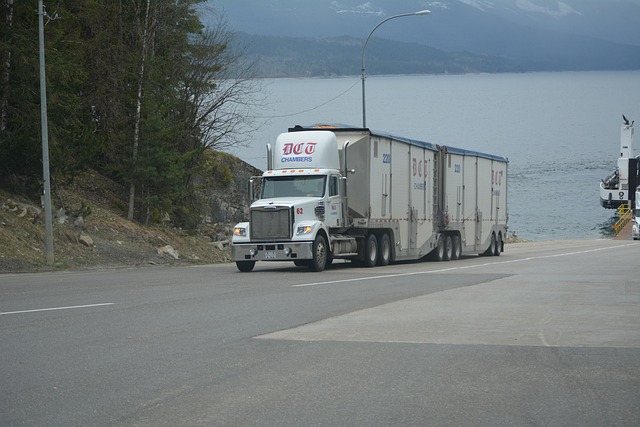
Before you start the registration process, ensure you have all the necessary documents ready. The California Department of Motor Vehicles (DMV) requires specific paperwork for car registration, including proof of ownership and identification. One crucial document is the Vehicle Identification Number (VIN) verification report, which can be obtained through a mobile vin verifier or by conducting a manual inspection. This process involves checking the VIN on the vehicle’s frame, engine, and body components to ensure it matches the one listed in the title and other official records.
Additionally, you’ll need your driver’s license or state-issued ID card, proof of insurance, and payment for registration fees. It is also beneficial to have a current registration from another state if applicable, as well as any relevant maintenance records. A mobile vin verification service can be particularly useful in this step, as it allows for a quick and convenient way to confirm the vehicle’s history before submitting your application.
Choose a California Department of Motor Vehicles (DMV) Location
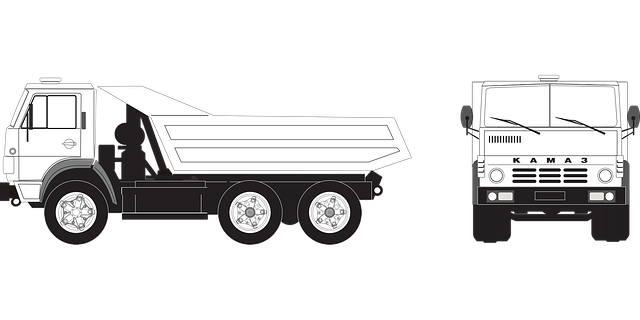
When it comes to registering your car in California, the first step is to select a convenient location for your vin verification. The California Department of Motor Vehicles (DMV) offers various options, including traditional DMV offices and even mobile vin inspection services. Choosing a location that aligns with your needs ensures a smoother process.
Consider visiting a nearby DMV office if you prefer a more direct approach or opt for a mobile vin verifier if you want the convenience of having the verification done at your desired location, whether it’s your home or workplace. This flexibility is especially beneficial for those who may have busy schedules, ensuring that registering your vehicle becomes an efficient and stress-free task.
Complete the Application Process for Car Registration

After gathering your required documents, it’s time to complete the application process for car registration with the California Department of Motor Vehicles (DMV). Start by visiting a nearby DMV field office or using their online services. You’ll need to fill out Form DV-140, which is the Application for Title and Registration. This form requires detailed information about your vehicle, including its make, model, year, and VIN (Vehicle Identification Number), which can be easily verified through a mobile vin inspection or by utilizing a trusted vin verifier.
Ensure all details are accurate to facilitate a smooth registration process. Alongside your application, you’ll need to provide valid identification documents such as a driver’s license and proof of residency. There will also be fees associated with the registration process that can vary based on your vehicle type and usage. Once your application is complete and all required documents and fees are submitted, the DMV will process your request, and you’ll receive your official car registration documents.
Pay Fees and Obtain Your California License Plate
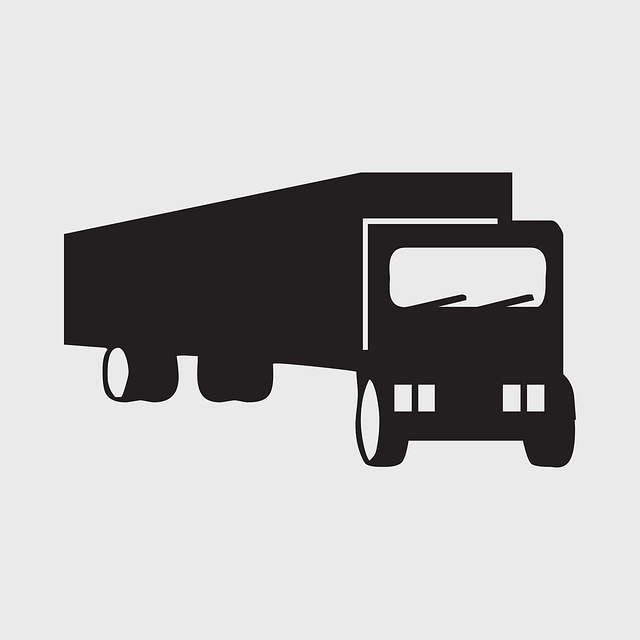
After completing your vehicle’s registration application, it’s time to pay the required fees. In California, these include a registration fee, a vehicle license fee, and a emissions inspection fee (if applicable). You can typically pay these through various online methods or at a local DMV office. Once your payment is processed, you’ll receive your Vehicle Identification Number (VIN) verification report, which confirms that your vehicle meets all necessary safety standards.
With this report in hand, it’s now possible to obtain your California license plate. You can do this by visiting a designated license plate agency or utilizing the state’s online system for a mobile VIN inspection and license plate reservation. This step ensures that your vehicle is legally registered and ready to hit the road with the appropriate identifiers.
Registering a car in California involves several straightforward steps, from VIN verification to submitting necessary documents and paying fees. By choosing the right DMV location, completing the application process, and obtaining your California license plate, you’ll be legally registered and ready to hit the road. Remember, proper documentation and accurate information are key to ensuring a smooth registration experience.

